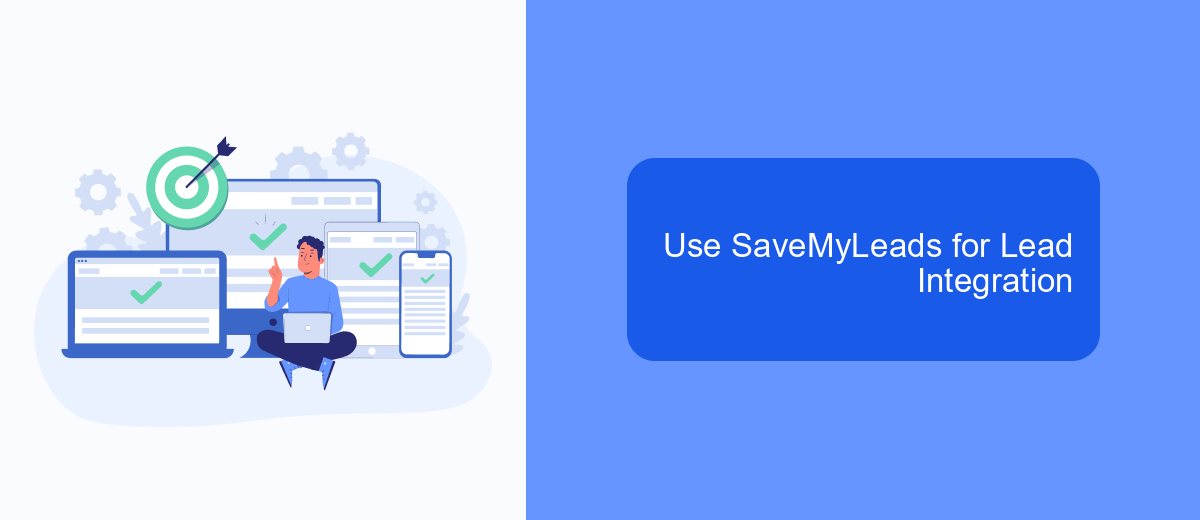In today's competitive market, generating high-quality leads is crucial for business growth and success. Top Lead Generation strategies focus on attracting, nurturing, and converting potential customers through innovative and effective methods. This article explores the most successful techniques and tools that can help your business stand out, drive engagement, and ultimately increase your sales pipeline.
Top Lead Generation
Effective lead generation is essential for any business looking to grow its customer base and increase sales. By implementing a robust strategy, companies can capture and nurture leads, turning potential customers into loyal clients. One of the key components of a successful lead generation strategy is the use of technology and tools that streamline the process.
- Utilize social media platforms to reach a broader audience.
- Implement email marketing campaigns to engage with prospects.
- Leverage SEO techniques to attract organic traffic.
- Use landing pages to capture lead information effectively.
- Automate lead management with tools like SaveMyLeads.
SaveMyLeads is a powerful integration service that automates the process of collecting and distributing leads from various sources. By connecting your lead generation forms and marketing platforms, SaveMyLeads ensures that no potential customer falls through the cracks. This not only saves time but also enhances the efficiency of your lead generation efforts, allowing you to focus on nurturing relationships and closing deals.
Define Lead Generation

Lead generation is the process of attracting and converting strangers and prospects into someone who has indicated interest in your company's product or service. This can be achieved through various marketing tactics such as content marketing, social media marketing, email marketing, and more. The main goal is to create a pipeline of potential customers that can be nurtured and eventually converted into paying clients.
Effective lead generation requires a strategic approach, often involving the use of technology and automation tools to streamline the process. Services like SaveMyLeads can be instrumental in this regard, as they allow businesses to automate the collection and integration of leads from various sources into their CRM systems. This not only saves time but also ensures that no potential lead is overlooked, thereby increasing the efficiency and effectiveness of your lead generation efforts.
Identify High-Value Leads

Identifying high-value leads is crucial for maximizing your marketing efforts and driving revenue growth. By focusing on prospects that are most likely to convert, you can allocate resources more effectively and achieve better results.
- Define your ideal customer profile (ICP): Understand the characteristics of your most profitable customers, including demographics, behavior, and pain points.
- Use data analytics: Leverage tools and platforms to analyze customer data and identify patterns that indicate high-value leads.
- Implement lead scoring: Assign scores to leads based on their engagement, fit, and potential value to prioritize follow-up efforts.
- Utilize integration services: Platforms like SaveMyLeads can help automate the process of capturing and syncing lead data across various tools, ensuring you have a comprehensive view of your prospects.
By systematically identifying and prioritizing high-value leads, you can enhance your lead generation strategy and drive more meaningful interactions. Leveraging integration services like SaveMyLeads can streamline this process, allowing your team to focus on converting the most promising prospects.
Use SaveMyLeads for Lead Integration

Integrating leads efficiently is crucial for any business looking to maximize their marketing efforts. SaveMyLeads offers a robust solution to streamline this process, ensuring that your leads are captured and managed effectively without manual intervention.
SaveMyLeads automates the transfer of lead data from various sources directly into your CRM or other marketing tools. This not only saves time but also reduces the risk of errors associated with manual data entry. By using SaveMyLeads, businesses can ensure that no lead is lost and that all potential customers are promptly followed up.
- Automated lead data transfer from multiple platforms
- Seamless integration with popular CRMs and marketing tools
- Reduction in manual data entry errors
- Timely follow-up on all captured leads
By leveraging SaveMyLeads, businesses can focus more on nurturing and converting leads rather than worrying about the technicalities of data integration. This results in a more efficient lead management process and ultimately, higher conversion rates.


Track and Analyze Lead Performance
Tracking and analyzing lead performance is crucial for refining your lead generation strategy. By monitoring key metrics such as conversion rates, lead quality, and customer acquisition costs, you can identify which channels and tactics are most effective. Utilize tools like Google Analytics and CRM systems to gather and analyze data, providing insights into the behavior and preferences of your leads. Regularly reviewing this data allows you to make informed decisions, optimize your campaigns, and allocate resources more efficiently.
Integrating your lead tracking systems with automation tools can further enhance your analysis capabilities. Services like SaveMyLeads simplify this process by allowing seamless integration with various platforms, ensuring that all your lead data is consolidated in one place. This not only saves time but also reduces the risk of data discrepancies. By leveraging such integrations, you can create comprehensive reports, track performance in real-time, and adjust your strategies swiftly to maximize lead generation outcomes.
FAQ
What is lead generation?
Why is lead generation important for my business?
What are some effective lead generation strategies?
How can I automate my lead generation process?
What metrics should I track to measure the success of my lead generation efforts?
Would you like your employees to receive real-time data on new Facebook leads, and automatically send a welcome email or SMS to users who have responded to your social media ad? All this and more can be implemented using the SaveMyLeads system. Connect the necessary services to your Facebook advertising account and automate data transfer and routine work. Let your employees focus on what really matters, rather than wasting time manually transferring data or sending out template emails.
